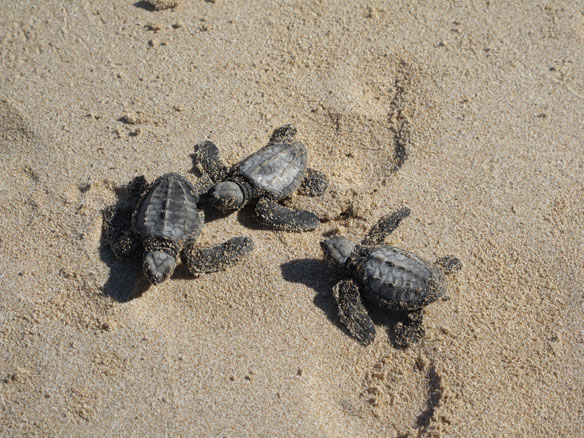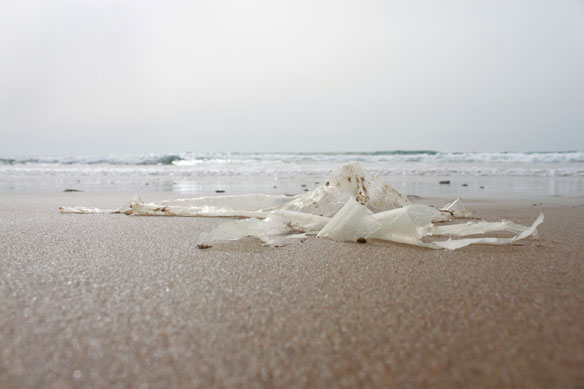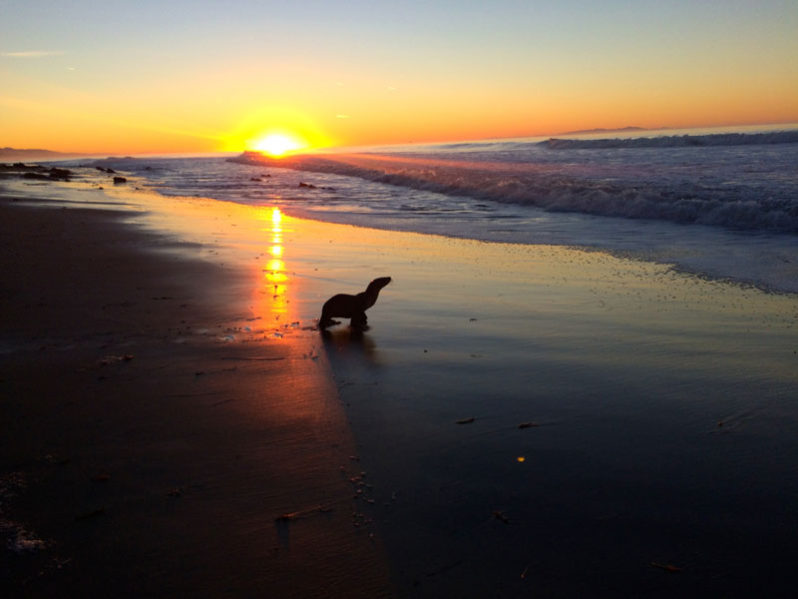Predicting Wave Wash Overs for Sea Turtle Nests

To better protect coastal species, researchers developed a model that predicts harmful wash overs with 83% accuracy.
Explorer says record-breaking deep dive “opening the door for science”

An American diver set a new record for the deepest dive in history last month when he plunged nearly 36,000 feet. Though he was the first to make it to those depths, man’s impact is already present there with plastic scattered among the sea creatures.
New data platform illuminates history of humans’ environmental impact

Animal remains found at archaeological sites tell the millennia-long story of how humans have hunted, domesticated and transported wildlife, altered landscapes and responded to environmental changes such as shifting temperatures and sea levels.Now, that story is available digitally through a new open-access data platform which links records of animals across biological and archaeological databases
Over 180 countries -not including the US– agree to restrict global plastic waste trade

The governments of 187 countries have agreed to control the movement of plastic waste between national borders, in an effort to curb the world’s plastic crisis — but the United States was not among them.
EU ‘outright dangerous’ in its use of natural resources, says WWF

Europe is using up natural resources so quickly that the planet’s ability to replenish itself over the year would be exhausted by this Friday if everyone consumed as much, a new analysis has found.
Coastal recovery: bringing a damaged wetland back to life

An ambitious wetlands restoration project is underway on Delaware Bay, where scientists are using innovative methods to revive a badly damaged salt marsh. The project could be a model for other places seeking to make coastal wetlands more resilient to rising seas and worsening storms.
Rising demand for sand calls for resource governance, UN

With the global demand for sand and gravel standing at 40 to 50 billion tonnes per year, a new report by UN Environment reveals that aggregate extraction in rivers has led to pollution, flooding, lowering of water aquifers and worsening drought occurrence.
On Java’s Coast, A Natural Approach to Holding Back the Waters

The Indonesian island of Java has lost 70 percent of the mangroves that once protected its coast from erosion and flooding. Now villagers are using natural wooden barriers to try to restore the mangrove forests and save their lands and homes from being washed away.
One million species at risk of extinction, UN report warns

The bonds that hold nature together may be at risk of unraveling from deforestation, overfishing, development, and other human activities, a landmark United Nations report warns. Thanks to human pressures, one million species may be pushed to extinction in the next few years, with serious consequences for human beings as well as the rest of life on Earth.
